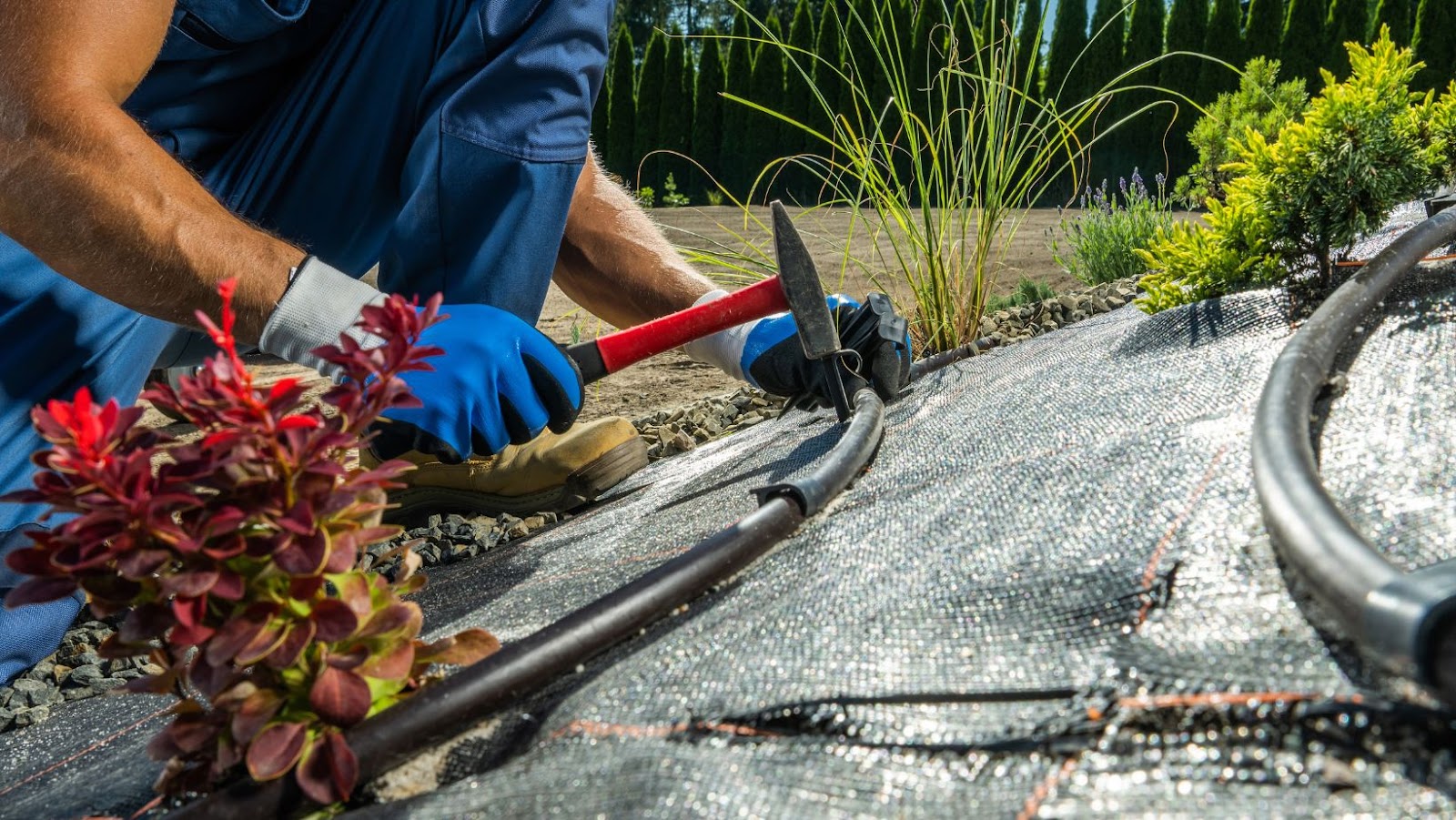Drain System For Backyard
If you’re a homeowner with a backyard, you understand the importance of having proper drainage in place. Without it, your property is at risk of flooding and water damage, which can be costly to repair. That’s where a drain system for your backyard comes in.
A drain system is designed to direct excess water away from your property and prevent it from causing damage. This can be achieved through a variety of methods, including French drains, catch basins, and pipe systems. The right approach for you will depend on various factors, including the size of your backyard, the soil type, and the amount of rainfall you receive.
Installing a drain system for your backyard isn’t a DIY project. It’s important to work with a professional who can assess your property and recommend the best approach based on your unique needs. With the right system in place, you can have peace of mind knowing that your backyard is protected from flooding and water damage.
Choosing The Right Type of Drain System For Your Backyard
When it comes to designing a backyard, drainage is often overlooked, yet it’s an essential consideration. A good drainage system is necessary to prevent water damage, erosion, and to keep your backyard clean and safe. There are different types of drainage systems available, and each one is designed to cater to specific needs. In this section, we will discuss how you can choose the right type of drain system for your backyard needs.
- Identify the Drainage Problem
The first step in selecting the right drainage system is to identify the drainage problem you are facing. For instance, is the water in your backyard stagnant, or does it disappear quickly? Is it close to your house, or is it located away from your home? These factors will help determine the type of drainage system that is best suited for your needs.
- Determining the Right Drainage System
Once you have identified the drainage problem, you need to determine which drainage system will work best. Some of the common types of drainage systems include:
- French Drain: This type of drainage system is ideal for relieving high water pressure that is near the surface in the backyard. The drain consists of a trench filled with gravel and a perforated pipe that is surrounded by landscape fabric.
- Dry Well: This system is used to absorb and dry up excess water in the backyard. It involves digging a large pit, lining it with landscape fabric, and filling it with gravel, followed by a perforated pipe.
- Downspout Drain: This system is designed to prevent water from downspouts and gutters from creating a swampy area in your backyard. A pipe is run from the downspout to a dry well or a location with proper drainage.
- Surface Drain: This type of drainage system is suitable for preventing flooding on the surface of your backyard. It involves the installation of a drain at the surface level to help drain water to a proper area or dry well.
- Consultation with Professionals
Choosing the right type of drainage system for your backyard can be challenging, and as such, it is always advisable to seek professional advice. Experts can inspect your yard and provide customised solutions to tackle your specific drainage problems. They have knowledge and skill needed to install drainage systems correctly to ensure they function optimally.

Conclusion
Installing the right type of drain system for your backyard is essential to protect your home, family, and landscaping investment. Proper drainage ensures that rainwater is effectively channelled and doesn’t cause damage. With careful consideration of the above tips and possibly contacting professionals, you will be on your way to choosing the right drainage system that suits your backyard’s needs.
When it comes to backyard drainage, having a reliable drainage system in place is crucial for preventing issues such as standing water and soil erosion. The installation and maintenance of a backyard drain system require careful planning and execution to ensure that it functions correctly. In this section, I’ll be discussing the key steps involved in installing and maintaining a drain system for your backyard.
- Planning Your Drain System
Before you start digging, it’s crucial to first assess your backyard to determine the best location to install your drain system. This involves identifying the low-lying areas where water tends to accumulate and ensuring that your drainage system has proper outlets for water to flow away from your property.
- Installing Your Drain System
Once you have a plan in place, it’s time to start installing your drain system. This typically involves digging trenches, laying pipes, and installing catch basins or grates to prevent debris from clogging your pipes. While it’s possible to install a drain system yourself, it’s often best to hire a professional to ensure that the job is done correctly.
- Maintaining Your Drain System
Just like any other component of your home, regular maintenance is crucial to keep your backyard drain system functioning correctly. This involves cleaning your catch basins or grates regularly to prevent blockages, inspecting your pipes for damage, and repairing any leaks or cracks in your system.
By following these key steps, you can ensure that your backyard drain system is installed correctly and functions precisely as intended. With proper maintenance, your drain system can provide reliable drainage for many years to come, keeping your backyard free of standing water and looking great.


